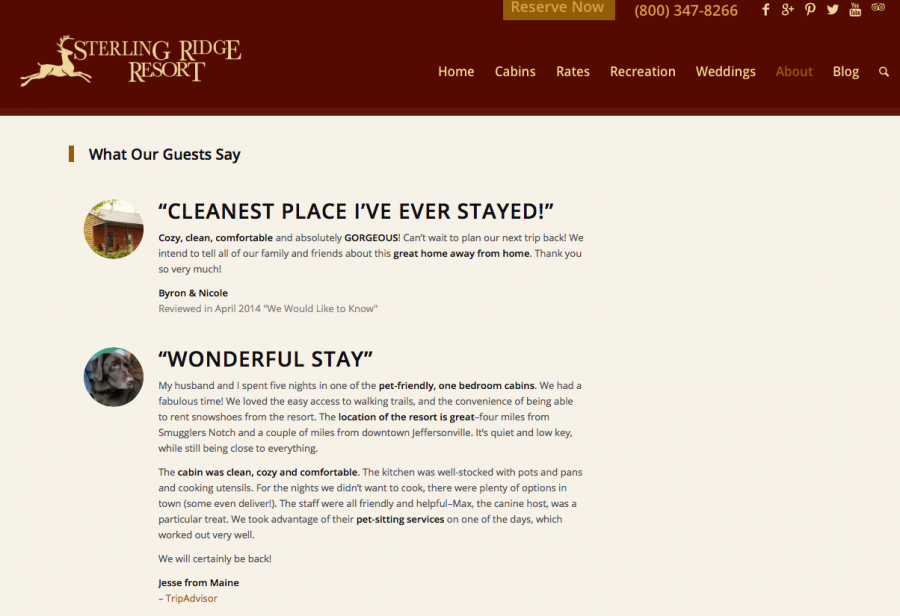SEO
Rethink Your Guest Review Strategy
It’s time to think outside of the TripAdvisor box with Facebook, GooglePlus and Pinterest Reviews –and guest interaction on YOUR WEBSITE. Oh, we all know how important TA is –and its an easy review mechanism. BUT! Did you know that asking guests to leave a review on TripAdvisor is leaving your lodging property vulnerable? If…
Read More15 Trending Travel Terms
Moving your hotel to an automated, online integrated system is a big step. Here are 15 Trending Travel Terms to help you with some of the new lingo. Property Management System (PMS) The application used by the hotel to control onsite property activities such as check in/out, folios, guest profiles, room status, requests, etc. PMSs…
Read MoreWord-Of-Mouth Marketing Online –Equals Healthy Sales
Small and medium-sized business owners, you know how vital it is to the health of your business that you make a great impression with all of your customers, who then, of course, tell their friends. Plain and simple that’s word-of-mouth advertising. Undeniably, it’s the best way of introducing your business to potential new customers and…
Read MoreWisconsin’s Herb Kohl on Monopoly-Busting Google
This just in… Herb Kohl’s office released this press release yesterday. Below are excerpts from his Opening Statement Of U.S. Senator Herb Kohl For The Of Hearing, “The Power Of Google: Serving Consumers Or Threatening Competition?” “The basic premise of Google at its founding was that it would build an unbiased search engine — that…
Read MoreI Plus-one’d That Story, The New Verb
I’m predicting ‘plus one’ will become 2011’s new noun-to-verb crossover. A few years ago, it was ‘I googled it’. Today, it’s +1 –as a verb. Pretty soon you’ll be hearing, “I read that and ‘plus one’d’ it.” What is the new Google +1? It is sort of like the Facebook ‘Like’ button, but with a…
Read MoreIt’s Self-Evaluation Time for your Website
As you know, your website is your online basecamp. It conveys the essence of your brand to your community and is the heavy-lifter for all of your online communications. If it lacks appeal, is unorganized, or just doesn’t work properly, it can lead to lost business opportunities, perhaps even business failure. So what have you got…
Read More

